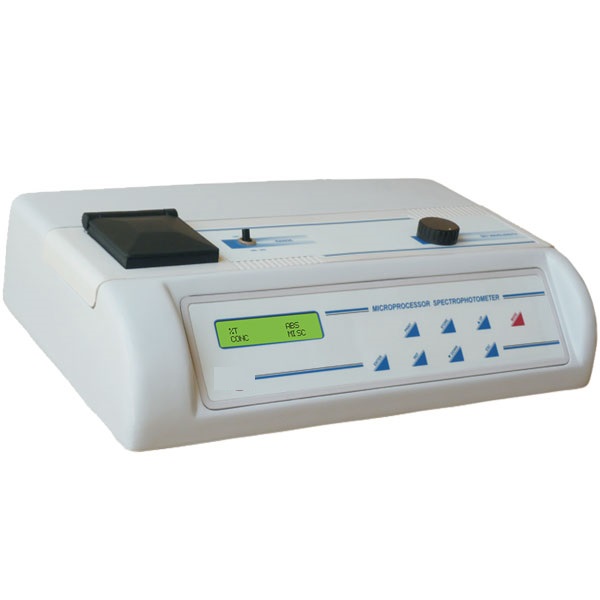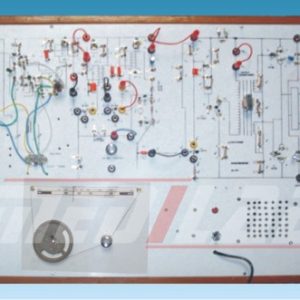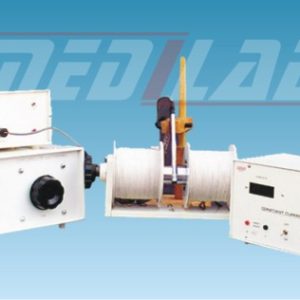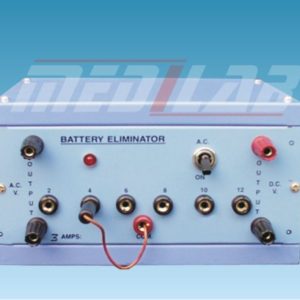Description
A microprocessor spectrophotometer is an advanced version of the traditional spectrophotometer that utilizes microprocessors and software to automate and optimize the measurement process. It is a highly precise and sensitive instrument that is used to measure the intensity of light absorbed or transmitted by a sample at different wavelengths.
The instrument consists of a light source, a monochromator, a sample holder, a detector, and a microprocessor-controlled system. The light source emits a beam of light that is directed through the monochromator, which separates the light into its component wavelengths. The sample holder contains the sample, and the detector measures the intensity of the light that is transmitted through or absorbed by the sample.
The microprocessor-controlled system uses calibration factors and algorithms to calculate the absorbance or transmittance of the sample at different wavelengths. The resulting data is typically displayed on a digital screen or computer interface and can be used to determine the concentration of the substance in the solution.
The main advantages of microprocessor spectrophotometers are their high accuracy, speed, and reproducibility, as well as their ability to automate the measurement process and store and analyze data. They are widely used in research laboratories, medical clinics, and industrial settings to measure the concentration of a wide range of substances, including proteins, nucleic acids, and drugs. They are also used to measure the purity of a sample, as well as to study the kinetics of chemical reactions.
In addition, microprocessor spectrophotometers often come with a range of additional features, such as automatic wavelength selection, temperature control, and a range of optical filters, that allow users to optimize their measurements and obtain more detailed data.







